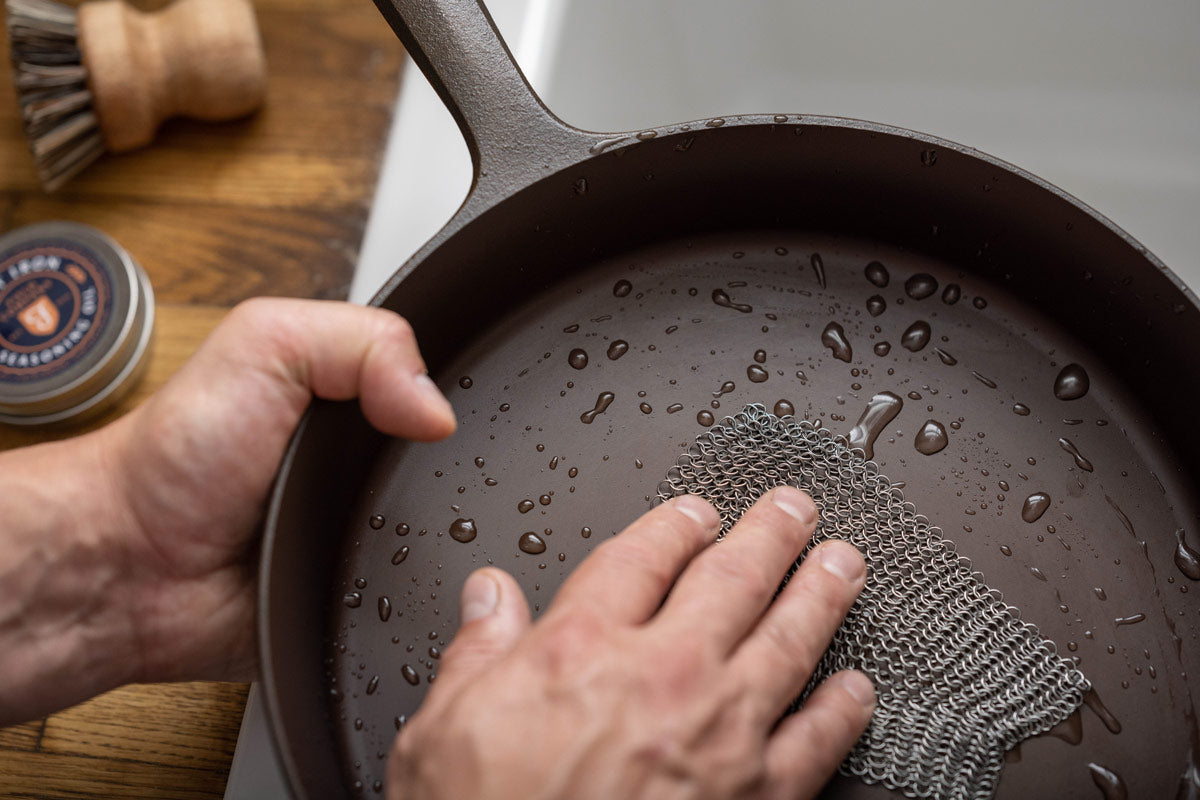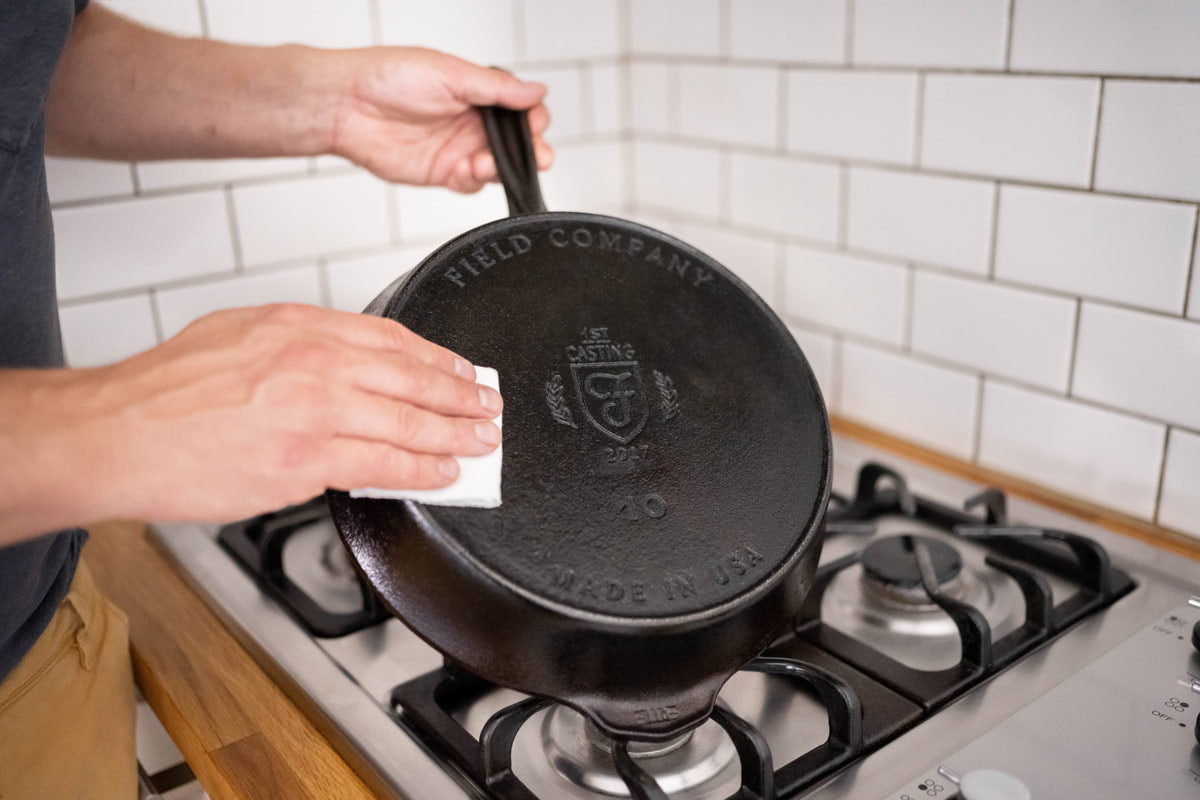Let’s start with a big myth, one that contains every other piece of misinformation about cast iron cooking: Cast iron is hard to maintain.
We’ll admit that cast iron cooking can seem daunting —intimidating, even—at first. But a great cast iron skillet is an invaluable, indefatigable kitchen companion that only gets better with time and use.
There are a handful of persistent cast iron myths, and most have to do with what you (allegedly) can’t do with a cast iron skillet. To set the record straight, here are our takes on five of the most common cast iron misconceptions:







